In young people this is a common injury following sporting activity where the head of the shoulder joint comes out of place. It usually occurs in a forward direction. In older people the dislocation may occur after a simple fall. On occasions the dislocation may be associated with fractures, nerve and/or vascular injuries.
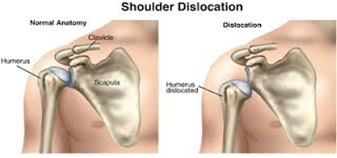
Often the patient needs sedation or anaesthesia to relocate the shoulder into the socket but the risk of this happening again is high in younger patients. This will occur in almost all people under 17 years, 90 per cent of 20 year olds and 50 per cent of 30 year olds.
After many repeated dislocation episodes, the shoulder may come out with little effort such as rolling over at night whilst sleeping or reaching behind into the back seat of the car. It is therefore not recommended that people return to any sporting activities, particularly contact sports or surfing as there is a real risk that you could drown. A longer term complication is damage to the joint surface resulting in premature arthritis of the shoulder.
Physiotherapy in young people helps to regain motion and strength in the shoulder but unlikely to prevent further dislocation episodes. In many cases, the cause is a tear of the fibrous rim of the socket (labrum) which does not heal by itself. Surgery is therefore recommended to repair the labrum.
The repair can be carried out arthroscopically or as an open procedure. The results are similar but the advantage of arthroscopic surgery is that it causes less damage to the surrounding soft tissues and muscles and you are also able to see more clearly and fix other problems that may be present within the shoulder. In people that play contact sports, open stabilisation may be more suitable as the risk of recurrence is thought to be less. After surgery the arm is immobilised for 6 weeks, physiotherapy is commenced and contact sport plus heavy lifting must be avoided for a minimum of 6 to 9 months.
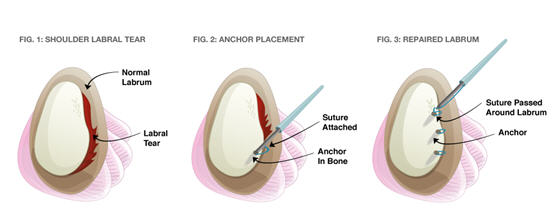
Please refer to “Shoulder Stabilisation Postoperative Protocol” sheet for more information on postoperative physiotherapy.
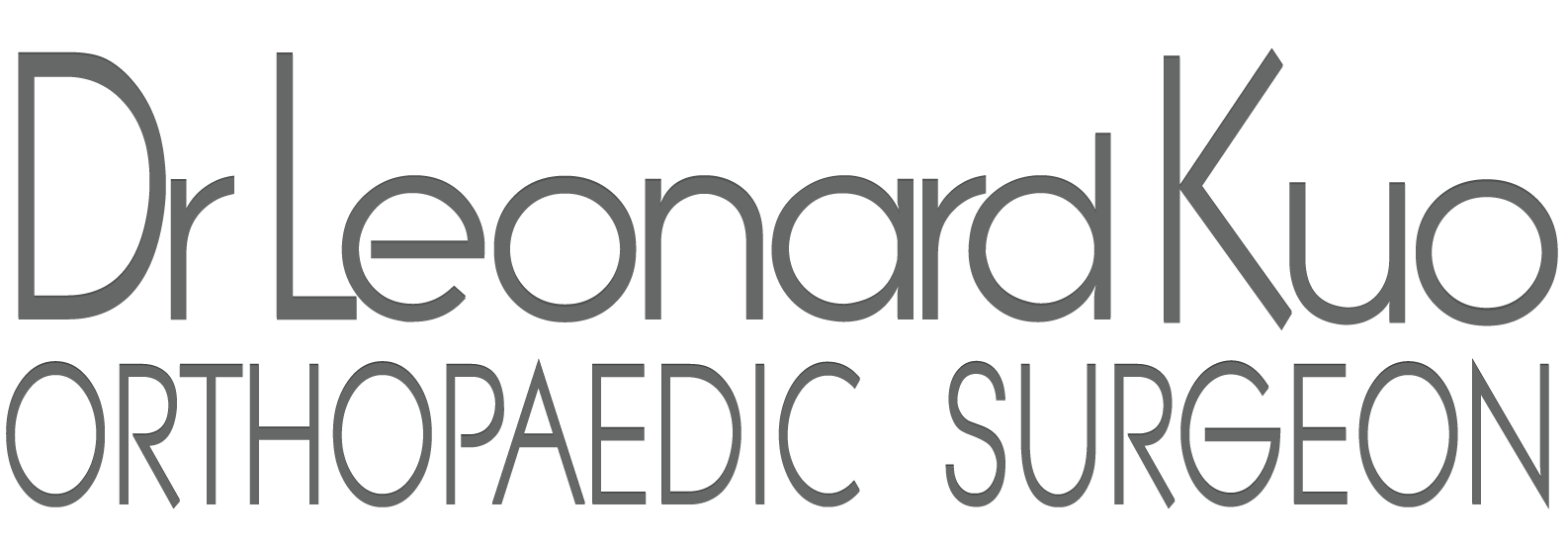
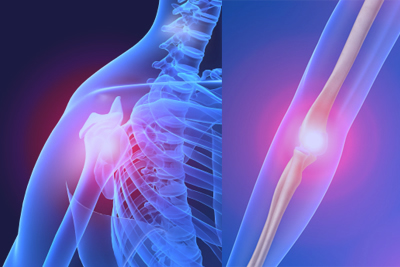

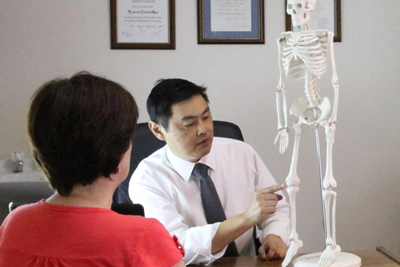
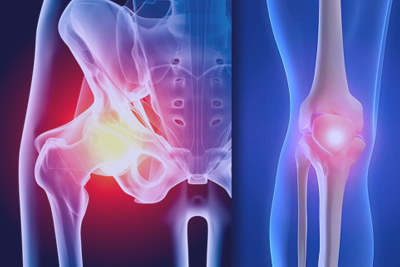
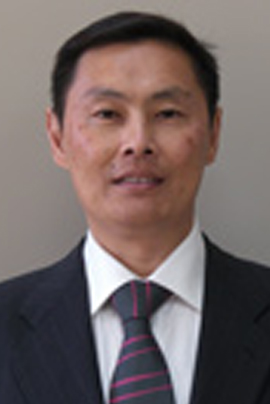 Dr. Leonard kuo
Dr. Leonard kuo